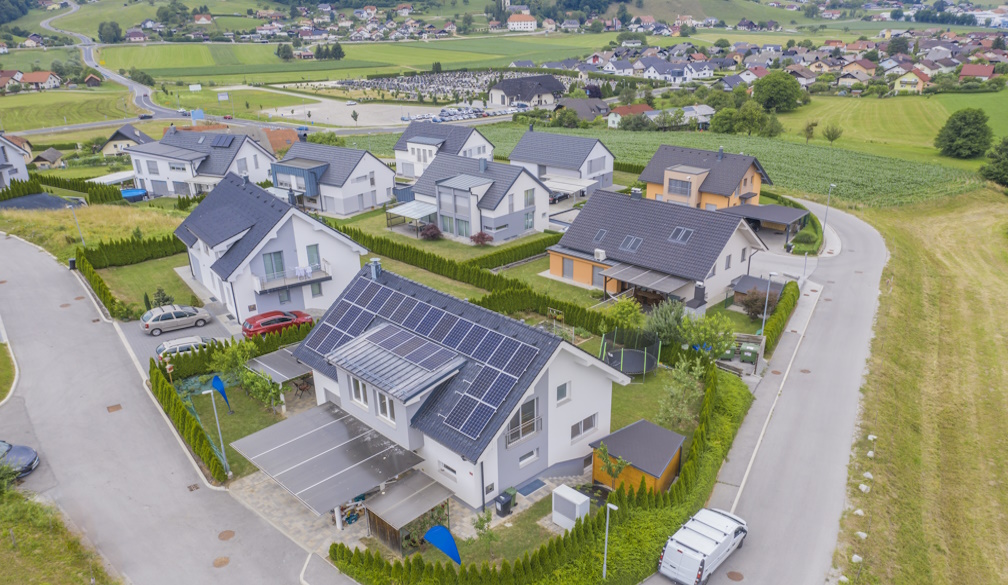Black Rock is a popular beachside suburb
- Written by TheTimesRealEstate.com

Black Rock is indeed a popular beachside suburb, located in the southeastern suburbs of Melbourne, Victoria, Australia. It’s known for its stunning beaches, particularly Half Moon Bay, which features iconic sandstone cliffs and a shipwreck of HMVS Cerberus.
The area is also celebrated for its cafes, restaurants, boutique shops, and the nearby Black Rock Jetty. It’s a sought-after destination for locals and visitors alike, offering scenic coastal walks, vibrant community life, and a relaxed, seaside
Black Rock, a bayside suburb in Melbourne, Australia, is often considered a desirable place to live for several reasons:
1. Beachside Lifestyle
• Black Rock is located along Port Phillip Bay, offering beautiful beaches like Half Moon Bay, ideal for swimming, paddleboarding, and relaxing.
• The picturesque coastline and walking trails, including the Bay Trail, are popular for outdoor enthusiasts.
2. Community Feel
• The suburb has a friendly, tight-knit community with a village-like atmosphere.
• Local events, markets, and community groups add to the charm.
3. Amenities and Services
• Black Rock Village features a range of boutique shops, cafés, restaurants, and essential services.
• Quality schools, medical facilities, and recreational options are readily available.
4. Proximity to Nature
• The suburb is home to the iconic Black Rock Clock Tower and scenic reserves such as Red Bluff.
• Golf enthusiasts appreciate the Sandringham Golf Course and nearby Royal Melbourne Golf Club.
5. Access and Connectivity
• While Black Rock offers a peaceful retreat, it remains well-connected to Melbourne’s CBD, around 20 km away, with easy access by car or public transport.
6. Family-Friendly Environment
• The suburb boasts excellent schools, playgrounds, and family-friendly amenities.
• The safe and tranquil environment makes it appealing to families.
7. Real Estate Appeal
• Black Rock offers a mix of housing options, including modern builds and charming older homes, many with stunning bay views.
8. Recreational Opportunities
• Water sports, fishing, cycling, and bushwalking are popular in the area.
• The nearby Cerberus Beach House and other dining spots provide a vibrant social scene.
While Black Rock offers many advantages, potential residents should also consider factors like property prices, which are higher than average due to its premium location.
In Black Rock, Melbourne, the median sale price for houses is approximately $2,545,000, reflecting a 13.49% growth over the past 12 months.
Notably, a four-bedroom house on Eliza Street sold for $3 million, marking one of the higher recent sale prices in the area.
While specific details on the absolute highest sale prices in Black Rock are limited, properties in this suburb typically command prices in the multi-million dollar range, especially those with luxury features or prime locations.
This article was sourced from the research team at The Times Real Estate





















